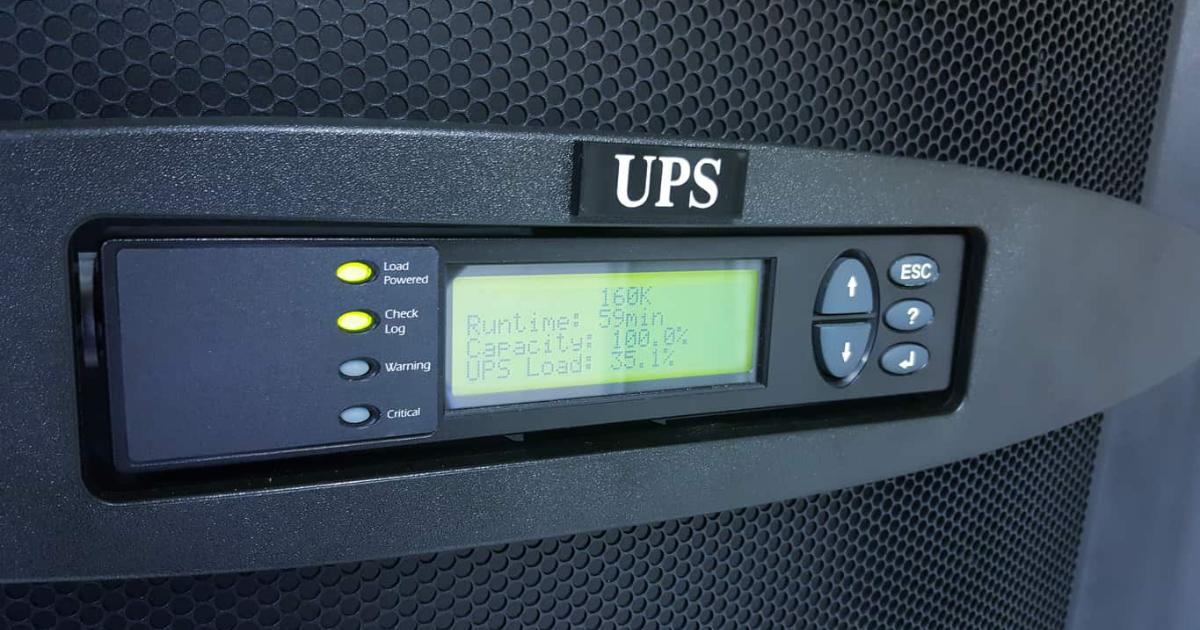Tips and Guide Before Buying the Best UPS

Are you new to Uninterruptible Power Supply (UPS)? Consider reading to the end of this article, because here we will provide a guide to choosing the best UPS that best suits your needs.
What is a UPS?
A UPS is essentially a backup battery power system that supplies power long enough for electronic equipment to shut down properly during a power outage or other disruption. This UPS helps prevent data loss and minimizes the stress of hard shutdowns on electronic equipment.
UPS is also a surge protector that can protect power-connected devices, such as abnormal current or voltage surges, which can damage or affect the performance of electronic equipment and devices.
Why do I need a UPS?
If an outage occurs, the UPS activates automatically to provide a continuous power source according to battery capacity, so that your electronic devices are not forced to shut down. UPS battery capacity varies and depends on how much power you use.
A UPS gives you time to turn off electronic equipment such as computers, servers, or video game consoles without losing data. Different UPS systems also provide a certain level of protection for other power problems that arise.
What are the types of UPS?
UPS systems have three different topologies or categories, based on the type of power protection you need. The three topologies are Standby, Line-Interactive, and Double-Conversion.
What types of problems can a UPS handle?
Many people only know about one type of power/electricity problem, namely a power outage. This is when the power goes out and remains on for several minutes to several hours. However, there are many more common power problems.
What are the most common power problems?
Below is a list of the most common power problems that often occur.
-
Surge – A brief but intense power surge usually caused by lightning. These surges can damage and electronics, and intense surges or high voltage spikes can damage circuit boards and components.
Blackout – Power outages can occur at any time without notice. This is most often caused by bad weather, power shortages, accidents, and power center repairs.
Brownout – Intentional or unintentional voltage drop for a long period of time. In an emergency, the power company can lower your power supply voltage to reduce strain on power sources and avoid a total blackout.
Voltage Sags – Sag is also a type of decline in power, but, unlike brownout, it is sudden and brief.
Overvoltage – Occurs when the incoming voltage is higher than normal and lasts longer than a surge but is not high enough to be classified as a surge.
Frequency Noise – Also known as line noise, noise frequencies can disrupt or degrade circuit performance.
Frequency Variation – Not a common problem when the power supply is stable, but can occur when using a generator and the power frequency fluctuates more than desired.
Harmonic Distortion – Deviation from the ideal electrical signal at a particular power source.
What type of UPS do I need?
It’s best to make a list of your power problems and choose the most appropriate one.
How much UPS capacity do I need to buy?
For your UPS to run well, the best UPS must be large enough to support all the equipment it will handle. You need to calculate the total number of Watts from the devices that will be handled by the UPS.
If you are not sure how many Watts all your electronic equipment requires, consult an official UPS brand outlet. manufacturer or power supply specifications in the user manual.
After calculating everything, your UPS should have a capacity greater than the total number of Watts of your devices.

How long does the UPS last when the power goes out?
You have decided on your UPS topology and what size it needs. Now, you need to think about what you want to do with battery power when power problems occur. Do you want to focus on safely shutting down all connected devices? Do you want to keep your DVR and TV on during a power outage? and so forth.
You must now determine the runtime. Runtime is the number of minutes a UPS system can support connected devices during an outage. Minimum runtime is the time you need to turn off electronic equipment (shutdown) in the correct way.
Remember that the number of watts used affects the UPS runtime: the smaller the connected wattage load, the longer the UPS battery will last. The greater the wattage load, the shorter the runtime.
What form of UPS is best?
UPSs have various shapes, UPS shapes indicate their size. There are 3 most common forms of UPS, namely:
- Desktop or Compact
- Tower or Mini-tower
- Rack
When choosing a form of UPS, the main consideration is where you will use it. Desktop or compact UPS can be placed in narrow places such as under a table. A tower or Mini-tower UPS will have a good aesthetic design making it a good choice to place on a table. Rack UPSs work well in server rooms.
Where is the right place to buy a UPS?
You can buy a UPS at a distributor or official outlet of the UPS brand of your choice. However, now many offline and online electronics stores sell UPS of various brands, power sizes, and various shapes. Make sure you choose what suits your needs and most importantly get a warranty card when buying a UPS.
